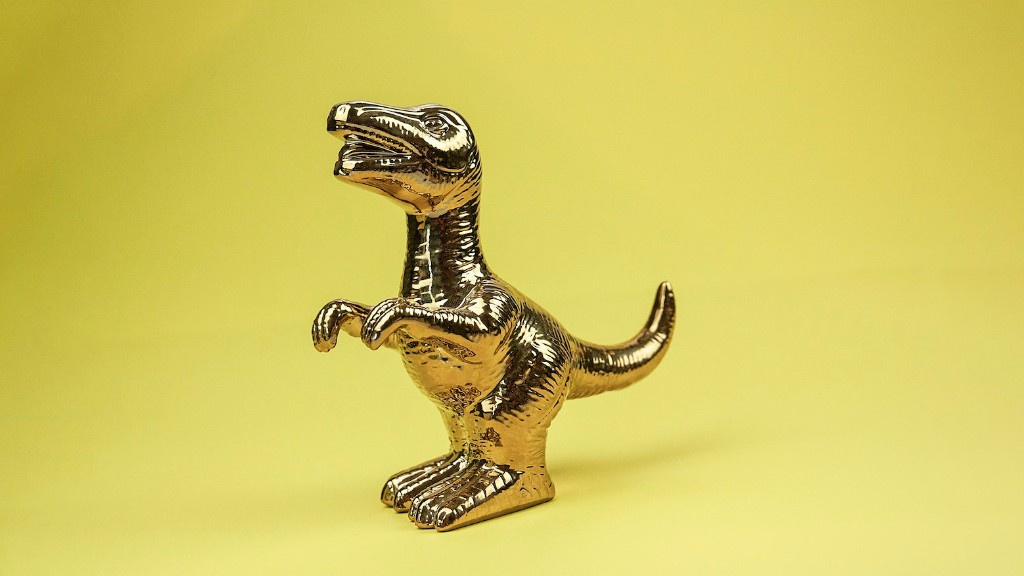The Extinction of Dinosaurs: A Tale of Climate Change
Once upon a time, in a world far different from our own, majestic creatures walked the Earth. They were known as dinosaurs, and they reigned supreme for millions of years. But then, a cataclysmic event occurred that wiped them off the face of the planet. That event was climate change.
The Changing Climate
Picture a world where lush green forests covered the land, and the skies were filled with vibrant creatures. This was the world of the dinosaurs, a world where they thrived and dominated. However, as time went on, the Earth’s climate began to change.
The once-balmy temperatures started to fluctuate wildly, with scorching hot summers and bone-chilling winters. The delicate balance of the ecosystem was disrupted, leaving the dinosaurs vulnerable to the changing conditions.
The changing climate brought about new challenges for these giant creatures. Their food sources became scarce, as the plants they relied on struggled to adapt to the new climate. The dinosaurs had to travel longer distances in search of food, exhausting themselves in the process.
It wasn’t just the food that was affected; the changing climate also disrupted the breeding patterns of the dinosaurs. The extreme temperatures made it difficult for them to reproduce, leading to a decline in their numbers. As the dinosaur population dwindled, they found themselves on the brink of extinction.
The Impact of Natural Disasters
As if the changing climate wasn’t enough, natural disasters added fuel to the fire. Volcanic eruptions sent plumes of ash into the atmosphere, blocking out the sun and plunging the Earth into darkness. This lack of sunlight had a devastating impact on the dinosaurs and their food sources.
The volcanic ash settled on the land, turning once-fertile habitats into desolate wastelands. The plants that the dinosaurs relied on withered away, leaving them starving and weak. With their main source of sustenance gone, the dinosaurs gradually succumbed to the harsh conditions.
But it wasn’t just the volcanic eruptions that spelled doom for the dinosaurs. Massive asteroid impacts also played a significant role in their extinction. These catastrophic events triggered massive tsunamis, earthquakes, and fires, further destabilizing the already fragile ecosystem.
The End of an Era
As the climate continued to change, and natural disasters ravaged the Earth, the dinosaurs fought for their survival. But alas, their efforts were in vain. The combination of extreme temperatures, scarce food, and the devastating impact of natural disasters sealed their fate.
It is a sobering reminder of the vulnerability of even the mightiest of creatures in the face of a changing climate. The dinosaurs, once the rulers of the Earth, were brought down by forces beyond their control. They serve as a harsh lesson to us humans, a reminder to take climate change seriously and ensure a sustainable future for all.
Lessons for Today
While the extinction of the dinosaurs may seem like ancient history, it holds valuable lessons for us today. The Earth’s climate is once again undergoing significant changes, and we must heed the warning signs.
As human activity contributes to rising temperatures and other environmental disruptions, we are impacting the delicate balance of our ecosystem. The consequences of our actions may not be as immediate as a volcanic eruption or an asteroid impact, but they are no less significant.
We have the power to make a difference. By taking proactive measures to reduce our carbon footprint, conserve resources, and promote sustainable practices, we can mitigate the effects of climate change and ensure a brighter future for our planet.
Let us learn from the fate of the dinosaurs and strive to preserve the majestic beauty of the world we inhabit. Together, we can create a world where humans and nature coexist harmoniously, free from the threat of extinction.



